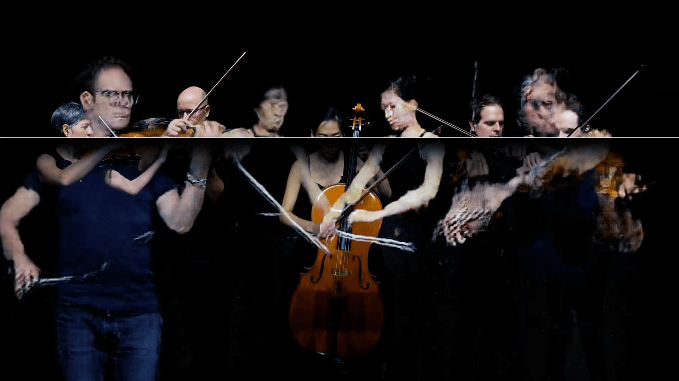CONVERGENCE (Schubert)

Performances
Description:
Convergence uses the concept of Artificial Intelligence to learn features of human musicians and then recreate new entities based on these recordings. In the piece the players interact with their generated counter-parts. They see theirselves transform and reshape. The technology used is centered around Auto-Encoders (and GANs). Metaphorically they demonstrate a world that is constructed and parametric. The friction between machine perception and human world perception is the starting point for questions that address the fluidity of the self and the restrictions of perception.
Human world and self models are parametric systems that make abstract assumptions and classifications of our surroundings. These processes happen partly subconscious and unreflected. They give us the impression of an absolute truth or reality, as the constructed concepts, identities and beliefs are persuasive and internal. That these constructive models are fluid and subject to change is examined through the use of AI in this context. Auto-Encoders allow a formalization of the input data —in this case faces, bodies, and voices. The deep learning yields a low-dimensional—abstract or high-level— description of the input. Contrary to our black box human mind, the high level parameters in the algorithm are accessible and can be edited and transformed.
In this sense the AI systems makes it possible to warp the representation of the human performers, thus stressing the fluidity of the modeling: A different person, character trait, evaluation, or gender is far less substantially disparate as the subject would anticipate. The transformation of the parameters posses the character of (social, societal, clinical, or biological) mind-altering states. The AI system is used to enable this altering with the aim to question the robustness and immobility of identity and world models. It tries to expose the internal constructiveness and in this sense works as a mirroring device. It recreates partial aspects of our perception and classification and through its alteration allows the viewer to draw a parallel to our own mental world building processes.
Related Elements:
- Convergence Ensemble Resonanz KampnagelEclat
- Presentation Convergence Eclat Festival Presentation Series

